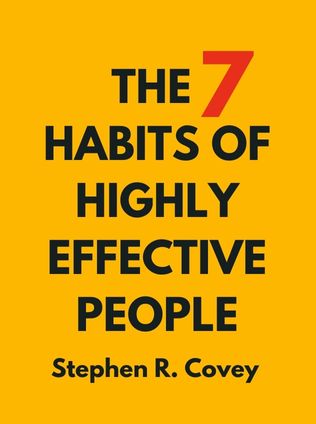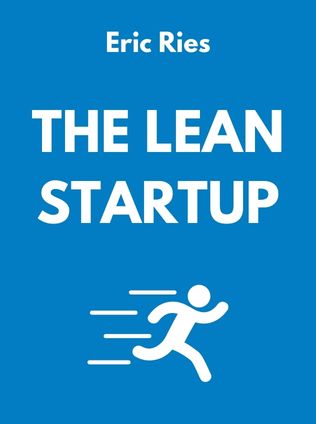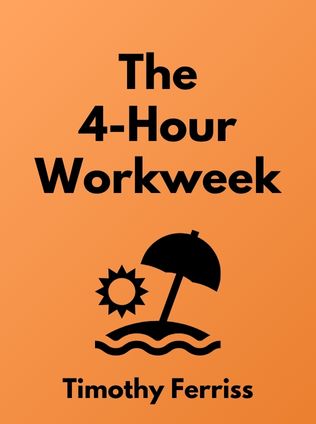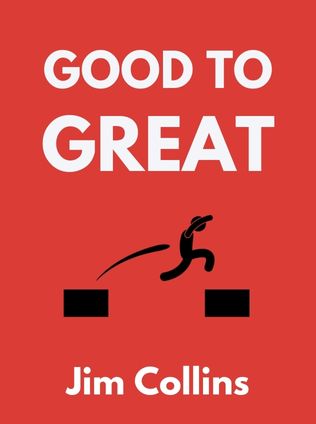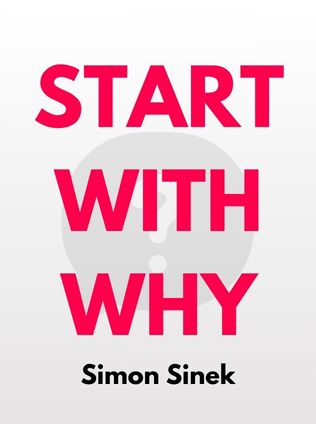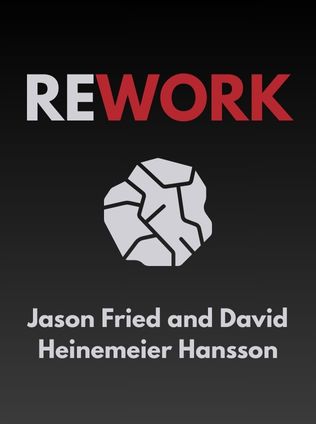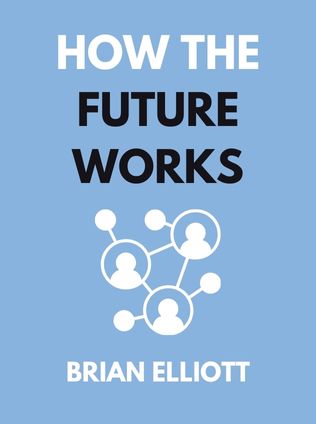
How the Future Works
Leading Flexible Teams To Do The Best Work of Their Lives
By Brian Elliott,
Published 05/2022
About the Authors
Brian Elliott, Sheela Subramanian, and Helen Kupp are the leading minds behind "How the Future Works: Leading Flexible Teams to Do the Best Work of Their Lives." As key figures in Slack's Future Forum, their combined expertise in workplace dynamics, organizational behavior, and strategic leadership has significantly shaped contemporary views on flexible work. Their professional experiences and innovative approaches offer valuable insights into the evolving nature of work and leadership in the modern era.
Brian Elliott brings a wealth of experience in executive leadership and workplace transformation. His career spans various industries, where he has led initiatives to improve productivity, engagement, and work culture. Elliott's strategic vision is instrumental in understanding the impact of flexible work on organizational effectiveness.
Sheela Subramanian is known for her advocacy of workplace flexibility and diversity. With extensive leadership experience, Subramanian has focused on creating inclusive environments that foster innovation and employee satisfaction. Her insights emphasize the importance of aligning flexible work practices with broader organizational values.
Helen Kupp specializes in improving team dynamics and leadership practices. Her expertise in organizational behavior and strategic planning has been crucial in developing frameworks for flexible work. Kupp's work highlights the importance of adapting leadership approaches to support a flexible and dynamic work environment.
Main Idea
In "How the Future Works," the authors argue that the traditional 9-to-5 office model is outdated for most knowledge workers. The book emphasizes that flexible work arrangements are not just a response to the pandemic but a strategic necessity for enhancing productivity, creativity, and employee satisfaction. By embracing flexible work, organizations can transform their operations and better meet the needs of modern workers.
The authors assert that the future of work involves redefining how, where, and when work is done. Flexible work arrangements are presented as a key to unlocking higher levels of employee engagement and organizational performance. The book provides a roadmap for leaders to implement flexible work practices effectively, ensuring that both employees and organizations thrive in the evolving work landscape.
Table of Contents
- Stand for Something: Agree on Purpose and Principles
- Level the Playing Field: Create Guardrails for Behavior
- Commit to How You’ll Work: Develop Team-Level Agreements
- Experiment, Experiment, Experiment: Normalize a Culture of Learning
- Create a Culture of Connection from Anywhere: Reimagine Your Headquarters
- Train Your Leaders to Make it Work: “Soft” Skills Matter More than Ever
- Focus on the Outcomes: Avoid the Doom Loop and Embrace the Boom Loop
Stand for Something: Agree on Purpose and Principles
The first chapter emphasizes the importance of establishing a clear purpose and set of principles when implementing flexible work. Without a well-defined purpose, organizations may struggle with inconsistencies and misunderstandings about the goals of flexible work arrangements.
A compelling purpose for flexible work should align with the organization’s broader mission and values. This alignment ensures that flexibility is not just a reaction to external pressures but a strategic choice that enhances organizational effectiveness. Establishing principles involves defining what flexibility means for the organization, setting expectations for how it will be implemented, and ensuring that all employees understand and buy into these principles.
For example, principles might include a commitment to transparency, trust, and outcome-based performance. These principles guide how flexibility is applied in practice, helping to create a cohesive and supportive work environment.
"Flexibility will only succeed if you are willing to set aside outdated conceptions of how work should be done and think differently." — Elliott, Subramanian & Kupp
Organizations that clearly define their purpose and principles for flexible work are better positioned to overcome challenges and achieve their goals. By setting a strong foundation, they can create a work culture that supports flexibility while maintaining focus on overall objectives.
Level the Playing Field: Create Guardrails for Behavior
The second chapter focuses on the necessity of creating guardrails to ensure that flexible work arrangements are implemented fairly and consistently across the organization. These guardrails help maintain balance and prevent potential issues related to flexibility.
Leadership Guardrails involve ensuring that leaders model flexible behaviors themselves. For instance, if leaders adhere to traditional office hours while promoting flexibility, it can undermine the initiative. Leaders must demonstrate commitment to flexible work practices by adjusting their own schedules and embracing remote work when appropriate.
Sign up for FREE and get access to 1,400+ books summaries.
You May Also Like
The Life-Changing Magic of Tidying Up
The Japanese Art of Decluttering and Organizing
By Marie KondoThe Lean Startup
How Today's Entrepreneurs Use Continuous Innovation to Create Radically Successful Businesses
By Eric RiesWho Moved My Cheese?
An Amazing Way to Deal with Change in Your Work and in Your Life
By Spencer Johnson, M.D.Make Your Bed
Little Things That Can Change Your Life...And Maybe the World
By William H. McRaven

